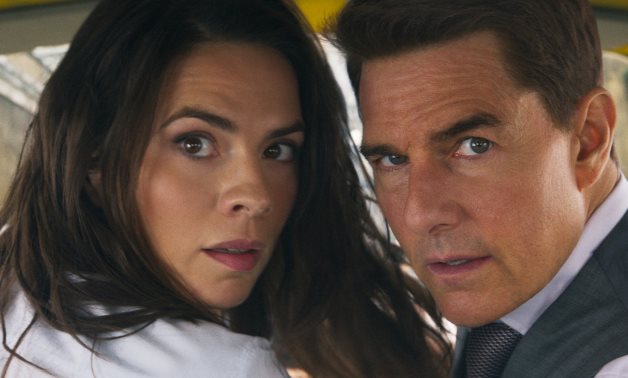
File: A scene from Mission: Impossible – Dead Reckoning movie.
Christopher McQuarrie, affectionately known to his cast as McQ, has been at the helm of the Mission: Impossible series since Rogue Nation.
With that film and its follow-up, Fallout, he changed the course of the franchise.
Where the first four films were each guided by a different visionary director with a revolving cast of IMF agents, McQuarrie homed in on a close team – Ethan, Benji, Ilsa and Luther – following them as they try to save the world without losing each other.
The rich story built around those four has led to Mission: Impossible – Dead Reckoning, the biggest mission ever, where the stakes are both global and intensely personal.
The story of Dead Reckoning is so big, in fact, that it is made up of two parts (Mission: Impossible – Dead Reckoning Part Two will arrive in 2024).
Following Ethan Hunt as his past comes back to haunt him and all those he loves are put at risk, it’s an adventure that travels across the world from Abu Dhabi to Rome to Venice to Norway. In collaboration with Tom Cruise, McQuarrie set out to make the greatest mission yet. Egypt Today exclusively interviewed the veteran director Christopher McQuarrie about that cinematic experience that is unlike any other.
1- You’ve already directed two Mission: Impossible movies. What made you decide that your next was going to be a two-parter?
“When we made Fallout, we were building on lessons we had learned from Rogue Nation, in terms of the character dynamics and story. We’ve had real success with the relationship between Ethan and Ilsa and we discovered there was as much to be mined from the characters as there was from the action. We pushed that in Fallout and ended up with a longer movie, simply because we weren't going to skimp on the action. Going into these movies, I said, ‘If I'm going to do it yet again, I want to expand on that further. I want to go deeper into Ethan’s character and deeper into the characters around him’, which we knew would generate a bigger story. So then it was, ‘Let’s not kid ourselves and try to jam all of that into two hours 20 minutes, where we’re always feeling the pressure to deliver a tighter movie. Let's just make the bigger movie and cut it in half and give ourselves the breathing room to do it justice.’ I always like to say that Mission has a mind of its own. We almost felt the franchise wanting to spread its wings and fly, wanting to grow into something even bigger. And it certainly has.”
2- How do you tell a two-part story but make both movies feel complete in their own right?
“We really just stuck to the rule that we’ve written for ourselves on Mission: Impossible, which is that every movie has to stand alone. You can’t ask the audience to leave one movie, mentally, and try to remember another. To us, that breaks the spell. So, Part One had to work all by itself, as a complete movie with a satisfying ending. It needed to end in such a way that if there was no Part Two, you would be okay. At the same time, it needed to leave you wanting a continuation to that adventure. And then Part Two had to stand on its own, whether or not you had seen Part One. That was it. Those were the rules, to make them self-contained. Tom and I are focused entirely on an immersive experience for the audience. We don’t want you doing the work. We want you having an emotional ride and then think about it after, not during the movie.”
3-You’ve said that you want this film to feel “adventuresome”. What do you mean by that?
“The challenge with these movies, for every director that comes on board – in my case, four times now – is that you have to expand and build upon what’s come before you, but you have to hold onto that original DNA. I knew when we were going into a two-part instalment that we were going to have to justify a two-part saga. That meant that you needed that spirit of adventure. It felt like the obvious ingredient that you needed, to justify the size. Across these two movies, you’ll feel their world constantly expanding and you’ll go places the franchise has never been, to parts of the world you’ve never seen this way. And, frankly, some of them won’t exist for much longer. It really has been, both in the making of the film and in the narrative itself, quite an adventure. We’ve truly taken this one to the edge of the world.”
4- Tell us about Gabriel, the villain of the piece. What makes him such a great adversary for Ethan?
“Gabriel is a character from deep in Ethan’s past, from before Ethan was the Ethan Hunt we know. And he represents something that is far and away the biggest, most insurmountable threat Ethan has faced. The stakes are as global as stakes can get. But the stakes between Gabriel and Ethan are also distinctly personal. They know each other from long, long ago with a shared event in their past that has made both of them who they are.”
5- Tom has said that you and he were both train geeks as kids. Is that where the train sequence came from?
“Basically, we love David Lean, Buster Keaton and John Frankenheimer. All of them at one stage or another filmed some sort of spectacular train wreck. I really wanted to apply all the franchise has taught me toward wrecking a train. That was pretty much it. Of course, on Mission, everything tends to expand. For other movies a train wreck would be a climactic event. In this case the actual train wreck is merely the inciting incident of the climax.”
6- The huge motorbike jump is the biggest stunt in Mission: Impossible history. That’s an enormous, dangerous feat for Tom Cruise to do. But what’s it like being the man directing him to do it?
“I think Simon has told the story in Fallout, when he and Rebecca were watching Tom falling onto the payload under the helicopter. Neither of them understood what the stunt was. They had just shown up in New Zealand and they thought Tom had actually fallen. Rebecca was stunned. There were local crew who didn’t understand what the stunt was either and somebody got on the radio and said, ‘I think we just lost Tom’. That’s when you know stunts are really working, when the people making the movie think that it’s real. As for the motorbike, we were on the ragged edge. There were so many unknowns that we simply could not predict what would happen when he went off the ramp. But it’s all relative. I’ve since had far more terrifying experiences with Tom, as you’ll see.”
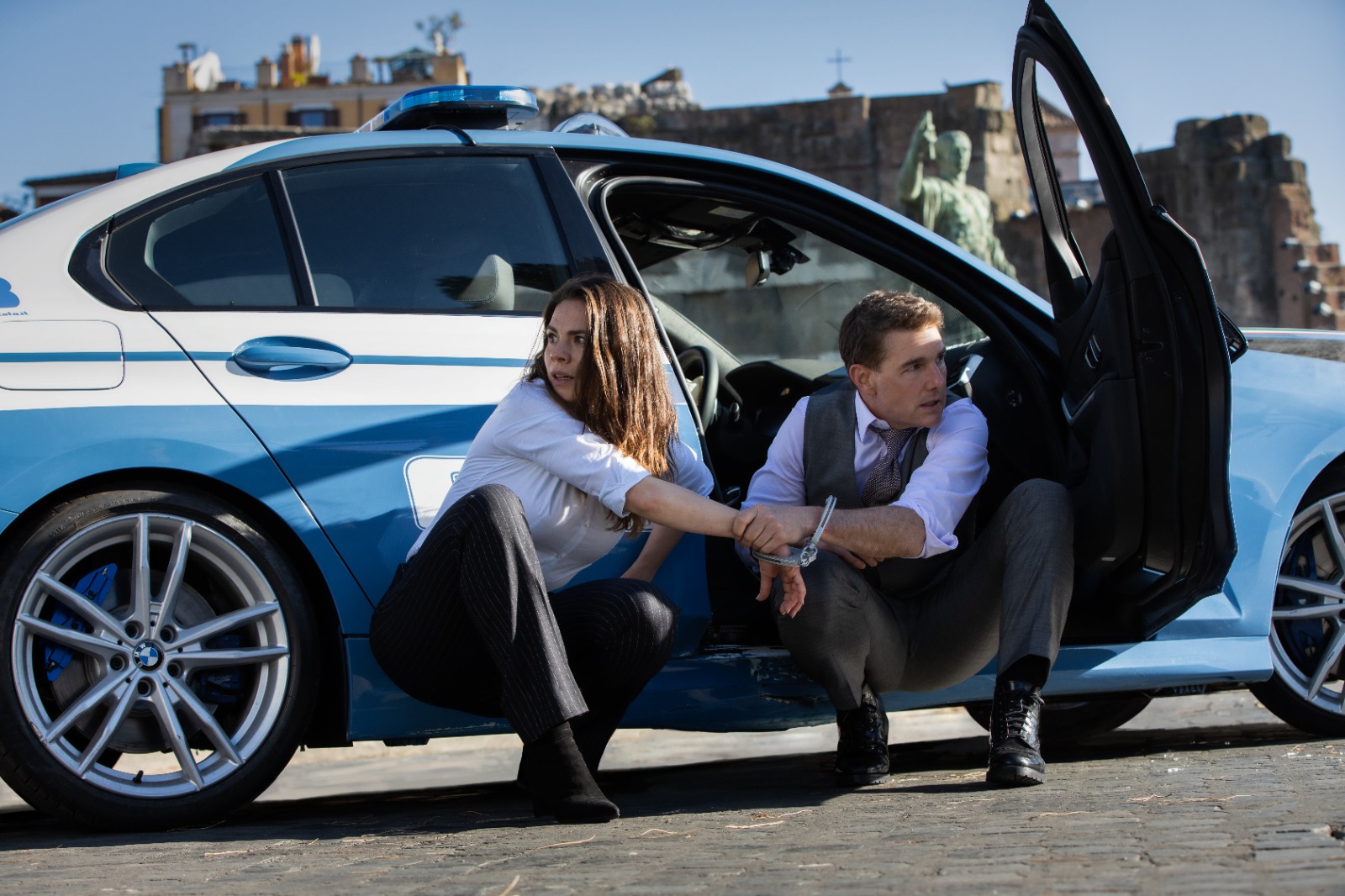

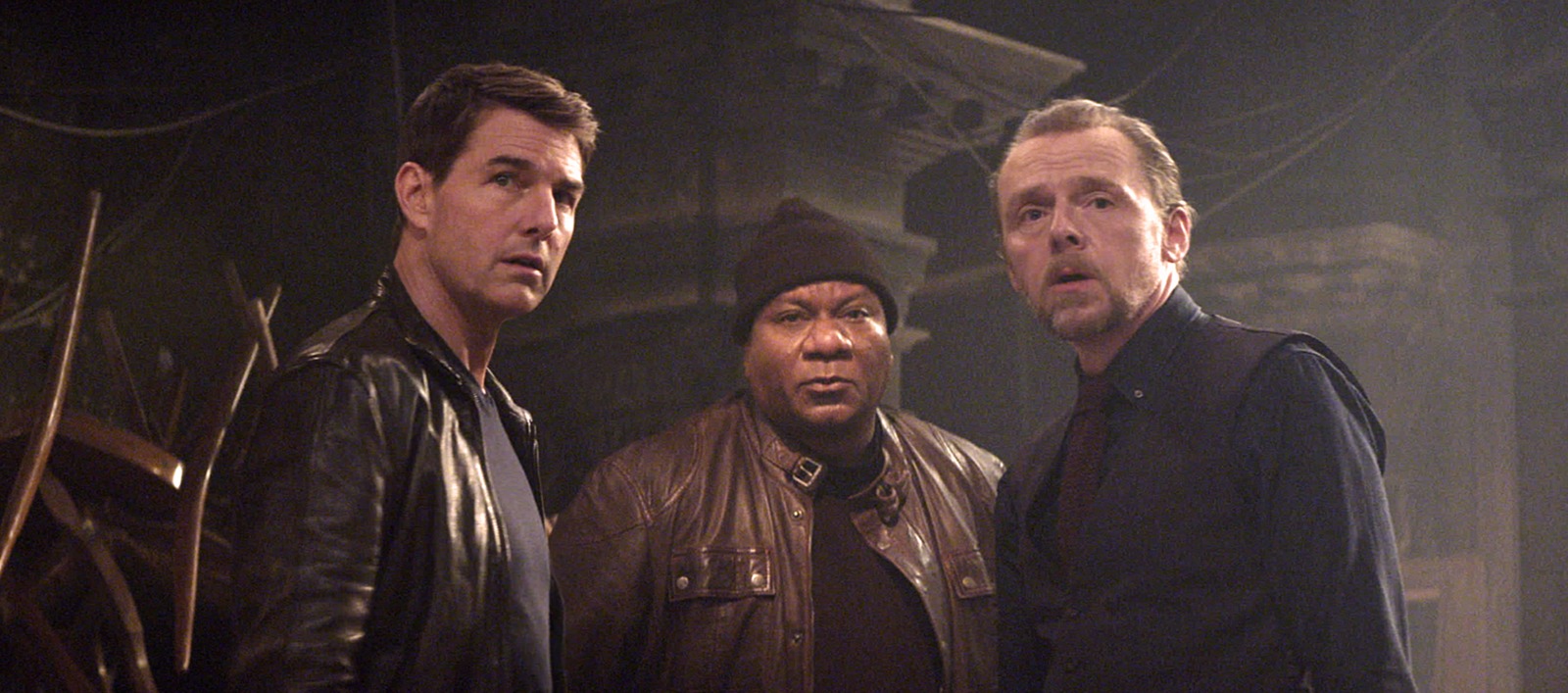
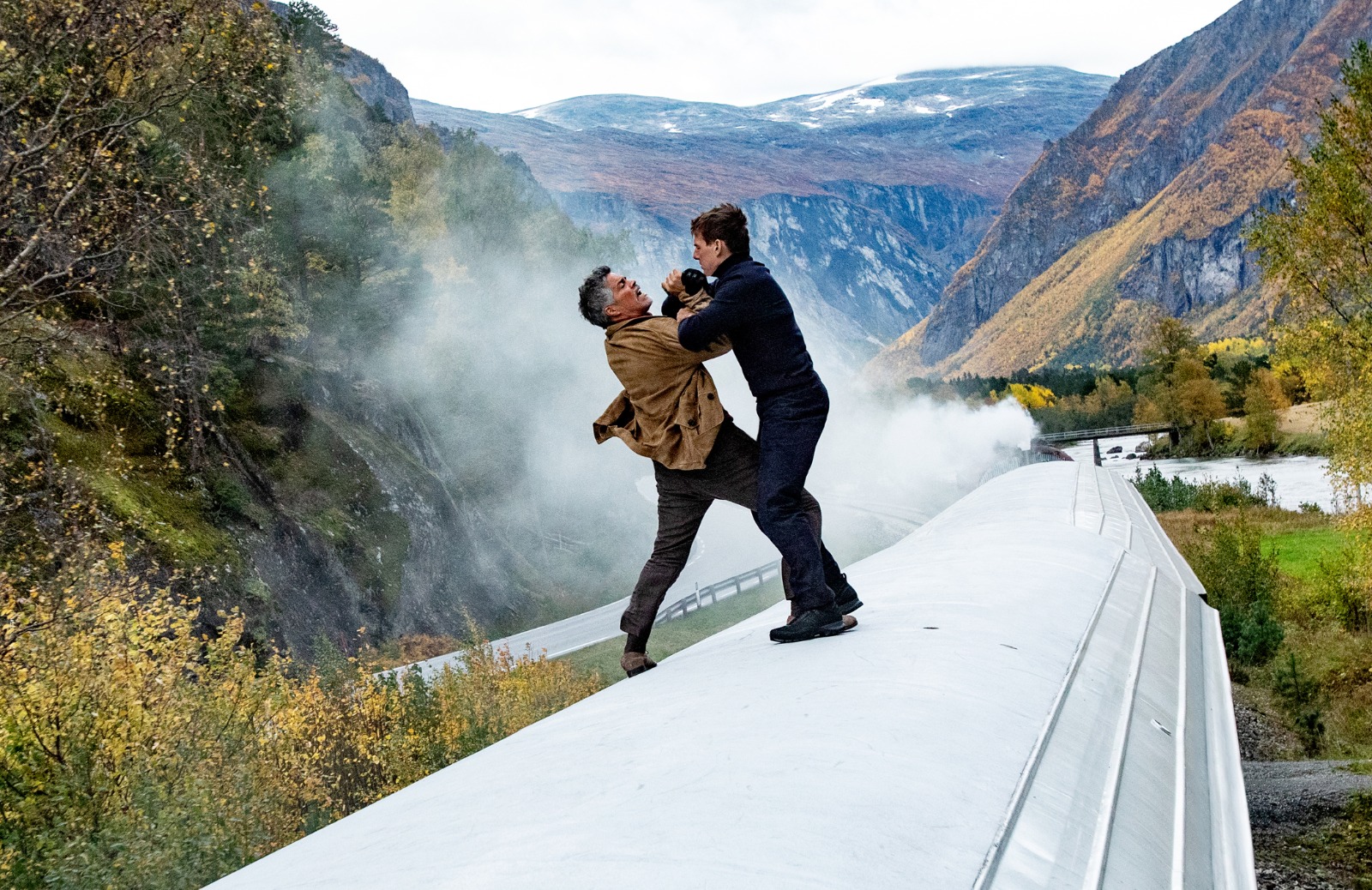
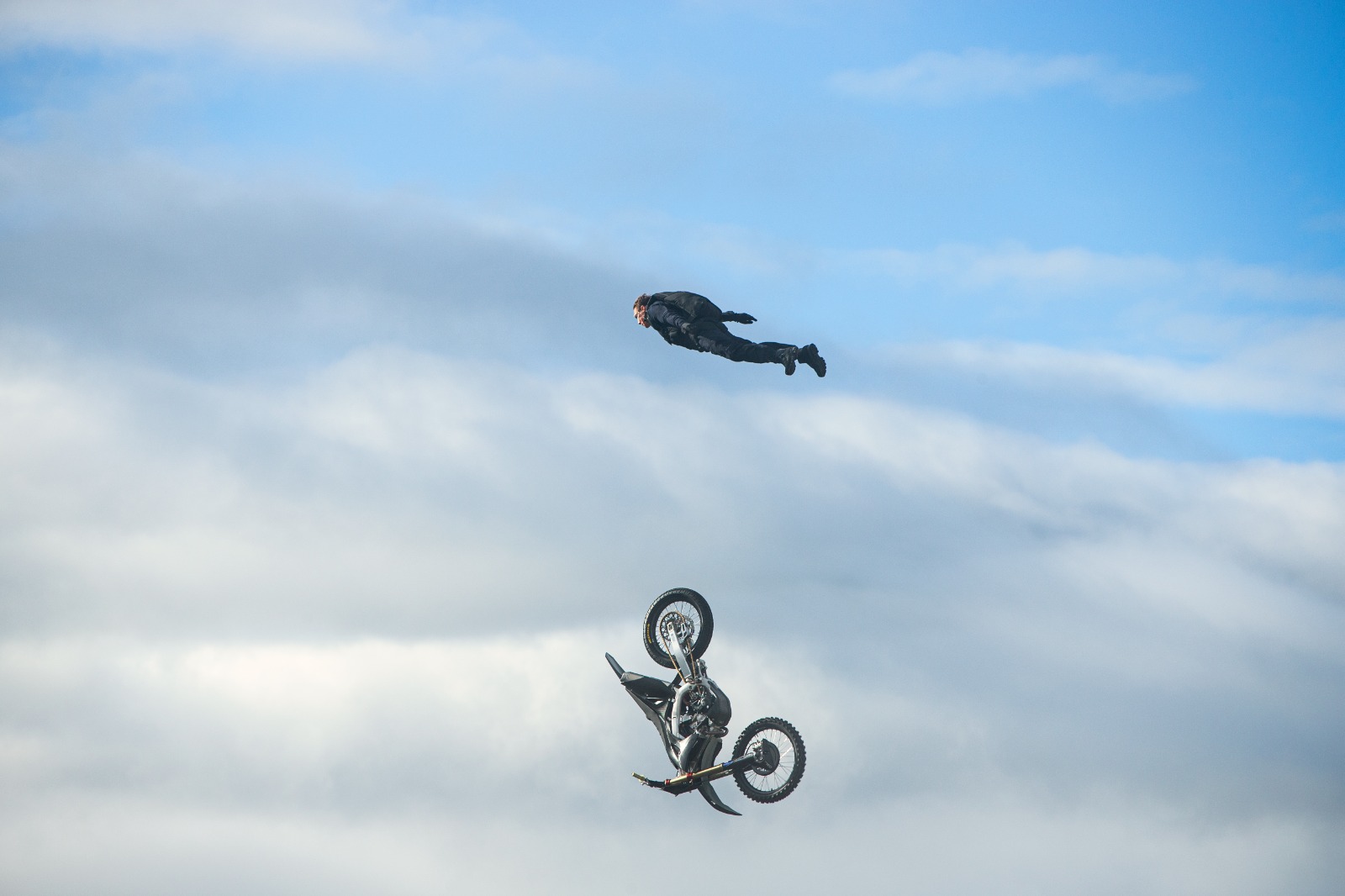

Comments
Leave a Comment